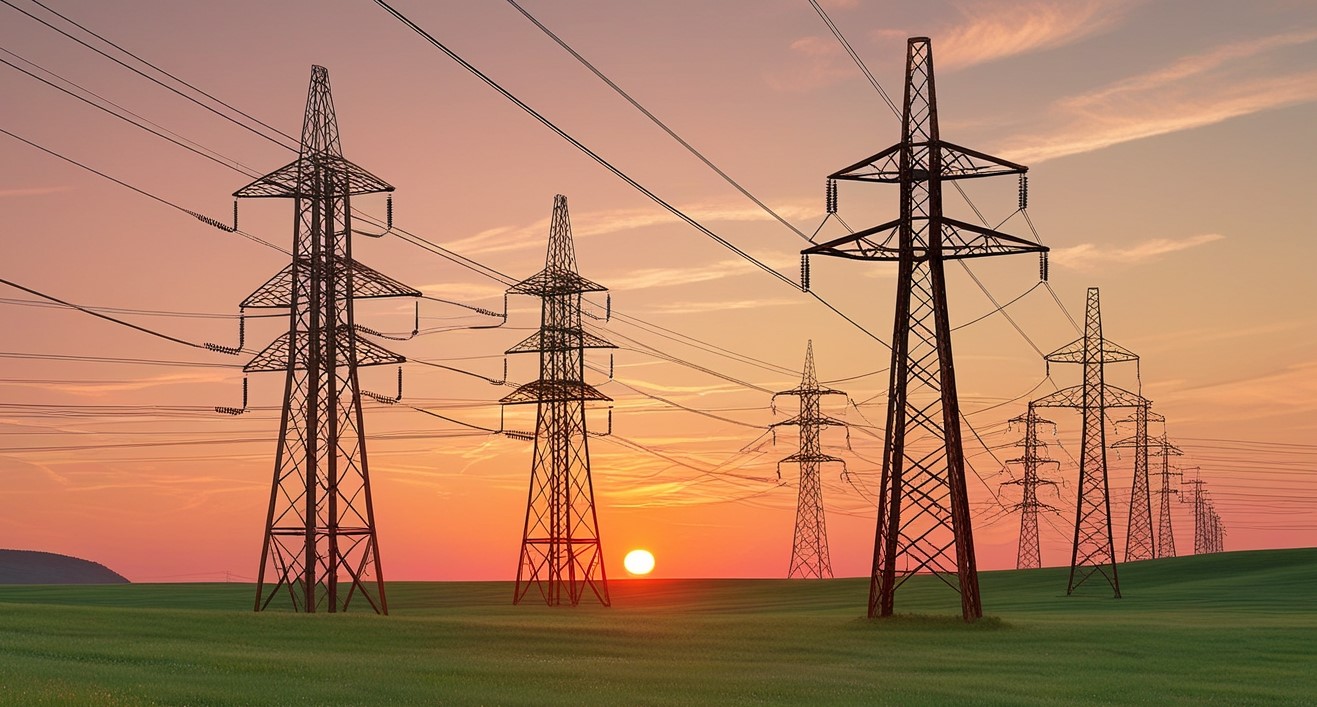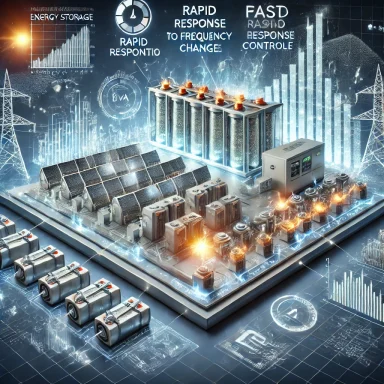Aowei Ultracapacitor Technology for RES
Ultracapacitor solutions developed by Aowei and Chariot Motors offer an alternative to traditional battery systems for solar energy storage in residential buildings. These solutions provide higher power density, allowing more energy to be stored in smaller spaces, along with greater efficiency and a longer lifespan compared to conventional battery technologies.
Addressing Renewable Energy Intermittency
Renewable energy sources like solar and wind power are inherently intermittent, meaning they only generate electricity when the sun is shining or the wind is blowing. This variability can challenge grid stability, requiring real-time balancing to keep frequency and voltage within safe limits. Energy storage systems, including both batteries and ultracapacitors, play a critical role in managing this variability by storing excess energy and supplying it when needed.
Ultracapacitor Energy Storage and Grid Stability
Chariot Motors and Aowei have developed a solution capable of responding rapidly to changes in voltage and frequency, making it ideal for grid regulation services. When excess energy is available, the ultracapacitor (UC) system charges quickly. During energy shortages, it discharges just as fast, helping maintain grid frequency within safe operational limits. This fast response enhances grid reliability, especially as the proportion of renewable energy sources increases.
Aowei’s ultracapacitor system responds rapidly to voltage and frequency changes, providing quick charging and discharging to maintain grid stability. These systems are ideal for frequency control markets, helping prevent blackouts and equipment damage while enhancing grid reliability, especially with increasing renewable energy integration.
Ultracapacitor applications in RES
Key Features of UC Energy Storage Systems
Design Principles
The energy storage system design is tailored to the specific needs of each project, and it includes the following principles:
- Enhanced energy quality: Improves the quality of solar and wind energy inputs.
- Voltage and frequency stabilization: Ensures that input and output from any single load or distributed generation source do not cause voltage or frequency fluctuations.
- Island operation: Supports continuous power supply to critical loads in islanding scenarios.
- Daily energy storage: Stores photovoltaic and wind turbine-generated power for use throughout the day.
Basic Functional Requirements
- Bidirectional energy exchange: Enables two-way energy exchanges between the energy storage system and the power grid.
- Charging and discharging modes: The system supports both charging and discharging modes, with power exchanges controlled and coordinated through centralized monitoring. If one group of energy storage units is replaced, other groups automatically compensate to maintain stable power output.
- Remote and local control: The system supports both remote and local control, with the ability to operate in a local time-sharing mode in the event of a management system failure.
- Comprehensive protection system: The system includes a complete set of protection features, including input undervoltage, phase loss detection, output overvoltage, output overload, and temperature protection.









